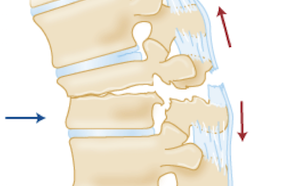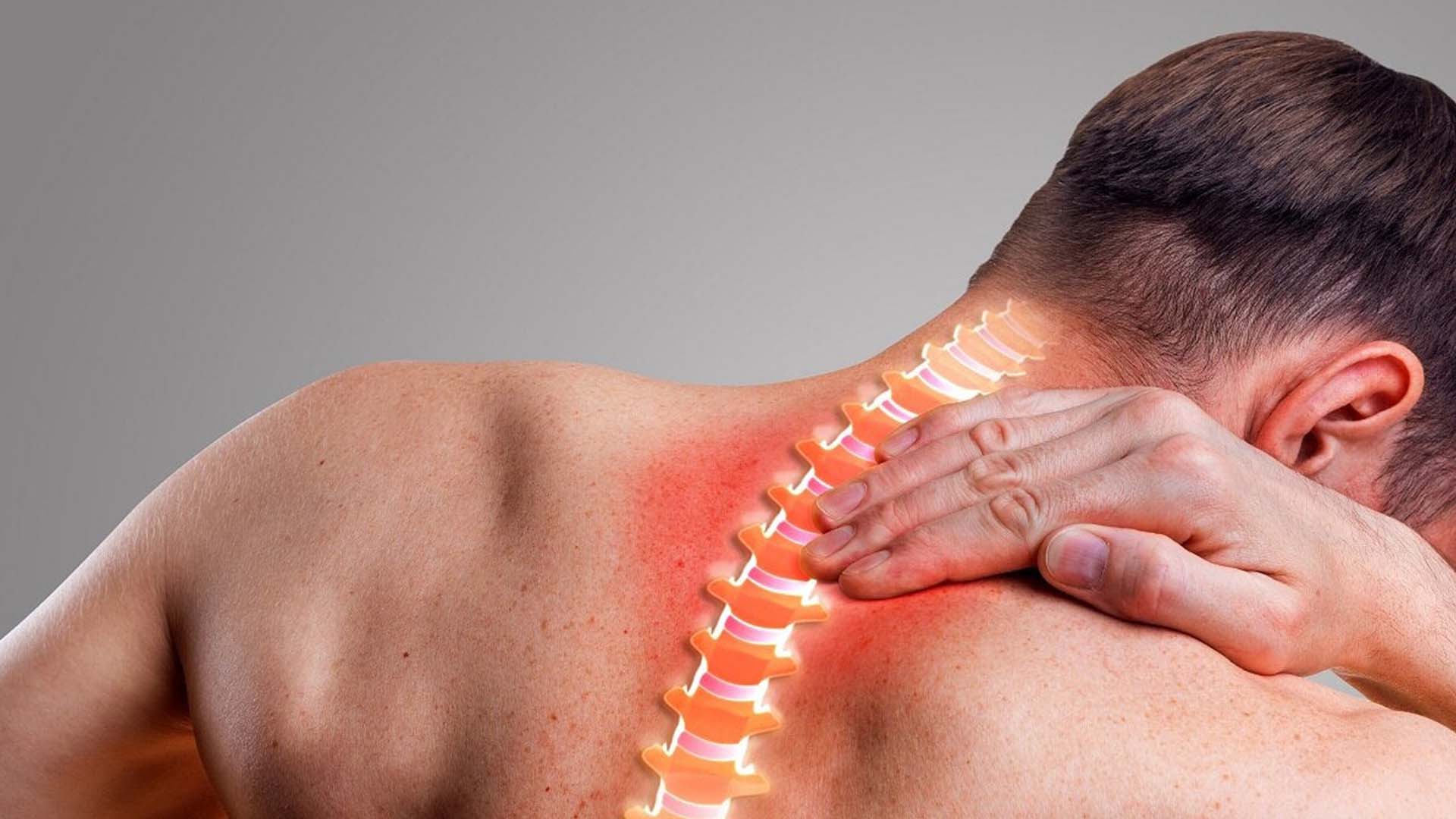Spine is the term referring to the bone arrangement starting from the head and stretching towards the tail end. Not only enabling our body to maintain an upright posture but also protecting the spinal cord, the spine’s anatomy is generally studied under 3 parts; neck, back and waist. Underneath the lumbar vertebrae lies the sacrum bone, which embryologically, shows a spinal structure, and under that lies the tailbone. The structural changes, which allows the body to maintain an upright posture, may occur during all phases of the life or develop congenitally. These changes include lumbar or thoracic fractures i.e. spinal fractures. While spinal fractures may develop due to an accident or trauma,
they may also be observed in the form of osteolysis or stress fractures. The most common areas of spinal fracture are the 1st lumbar vertebra and the 12th thoracic vertebra. Generally, the early symptoms of these fractures are manifested through mid-back or low-back pains and muscle spasms. If a fracture is accompanied by a spinal cord injury, the patient may experience numbness, insensitivity in arms and legs, loss of bladder control and weakness. The late symptoms of such fractures are usually manifested through kyphosis (hunchback).

How to Treat Lumbar and Thoracic Vertebra Fractures?
Treatments of Lumbar and Thoracic Vertebra Fractures vary depending on whether the case involves a spinal cord injury. The purpose of the treatment is to achieve a strong spine that will not suffer any damage from normal physical load and to allow patients to return completing daily activities in a short time. Accordingly, the patients whose soft tissues connecting the bones have not affected by the injury are eligible for surgery-free treatment methods such as bedrest and corset. Wearing a corset may be necessary for as long as 6 months.
If the patient has suffered a spinal cord injury or is considered as a risk surgical intervention is the preferred option. In order to re-achieve the solid structure of the vertebrae, is the preferred option. In order to re-achieve the solid structure of the vertebrae,
bars and screws are usually applied onto the body from the back during the surgical operation. In case of neural damage or injury risk, the treatment is supported with the de-compression procedure to release tension. Kyphoplasty or vertebroplasty may be preferred for the treatment of gravitational fractures caused in conjunction with osteoporosis. In kyphoplasty operations for treating the lumbar and thoracic fractures, the gravitational pull on the vertebrae is corrected with a balloon before applying the cement. As for the vertebroplasty, the bone cement is moved into the vertebra to release the pain and to stop any further advancement of the gravitational pull. Closed stabilization operations also remain as an option.




